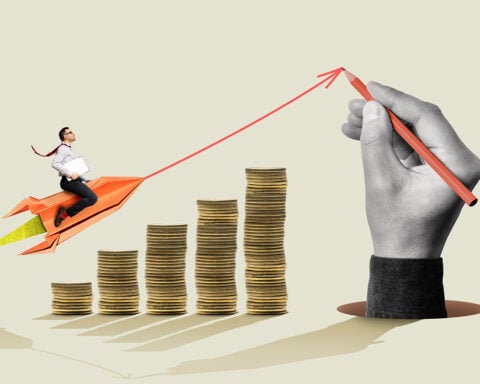In the dynamic realm of pharmaceutical investments, Pfizer and Viking Therapeutics have emerged as two contrasting options for investors. While Pfizer boasts stability and a generous dividend yield, Viking Therapeutics offers the allure of high growth potential with its innovative weight-loss candidate. As investors assess the merits of each, a deeper dive into their respective strategies and prospects unveils a nuanced picture.
Pfizer: A Beacon of Stability in Uncertain Times
Pfizer, a stalwart in the pharmaceutical industry, has weathered the storms of market volatility with resilience. Despite recent challenges stemming from the post-pandemic landscape, Pfizer’s shares present an enticing proposition for investors. With a valuation trading at less than 12 times forward earnings, well below the industry average, the stock appears undervalued. Moreover, Pfizer’s dividend yield stands at an impressive 6.4%, the highest among major pharmaceutical companies.
The company’s growth trajectory, albeit modest, is underpinned by a robust cancer pipeline, signaling the potential for mid-single-digit growth throughout the decade. Pfizer’s dividend program, a cornerstone of its appeal, has remained steadfast for an impressive 85 consecutive years, showcasing its commitment to shareholders. With a strategy focused on diversification and a “strength in numbers” approach to drug development, Pfizer mitigates the risks associated with relying on a few blockbuster drugs, thus safeguarding its dividend stability.
Viking Therapeutics: Navigating the Waters of High Growth Potential
In contrast, Viking Therapeutics represents a more speculative play in the pharmaceutical landscape, characterized by its pursuit of high growth opportunities. The company’s recent unveiling of mid-stage trial data for VK2735, a promising weight-loss candidate, ignited investor enthusiasm. Analysts project peak sales for VK2735 to surpass $20 billion annually in a potential $100 billion market, signaling significant upside potential for Viking.
However, the road to success for Viking Therapeutics is fraught with challenges. Competition looms large from industry giants such as Eli Lilly, Novo Nordisk, and Amgen, all of whom are developing their own innovations in the obesity treatment space. Moreover, the success of VK2735 hinges on its ability to replicate promising mid-stage trial results in larger-scale studies, a hurdle that many drug candidates struggle to overcome. Despite these uncertainties, Viking’s market capitalization of $7 billion suggests investors are optimistic about its prospects.
A Comparative Analysis: Pfizer vs. Viking Therapeutics
As investors weigh their options between Pfizer and Viking Therapeutics, the decision ultimately boils down to risk tolerance and investment objectives. Pfizer emerges as the safer bet, offering stability, a generous dividend yield, and a history of dividend consistency spanning nearly a century. Its conservative growth projections, coupled with a diversified pipeline, position Pfizer as an attractive option for income-oriented investors seeking stability in uncertain times.
On the other hand, Viking Therapeutics presents an opportunity for investors willing to embrace higher risk in pursuit of potentially outsized returns. With a promising weight-loss candidate in its arsenal and a market capitalization that belies its growth potential, Viking appeals to those with an appetite for speculation. However, the inherent uncertainties and competitive pressures in the pharmaceutical landscape underscore the need for caution when considering Viking as an investment option.
Navigating the Pharmaceutical Investment Landscape
In the ever-evolving landscape of pharmaceutical investments, Pfizer and Viking Therapeutics stand as contrasting symbols of stability and growth potential, respectively. While Pfizer offers a haven of stability and income generation for risk-averse investors, Viking Therapeutics represents a high-growth opportunity with commensurate risks.
As investors navigate these choices, careful consideration of risk tolerance, investment objectives, and market dynamics is paramount in making informed investment decisions in the pharmaceutical sector.







